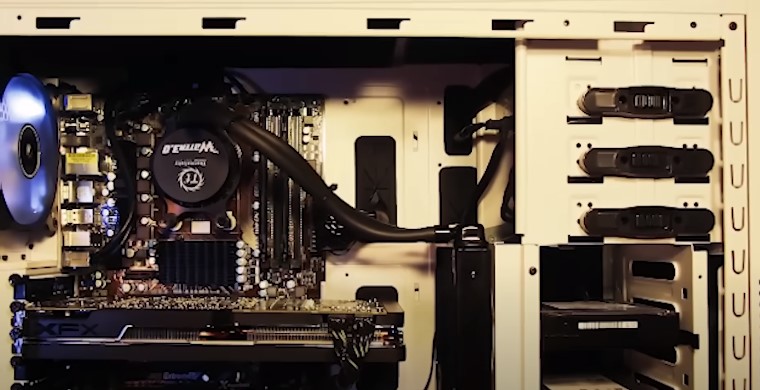The manufacturing process of CPUs involves many components, research and development, facilities, supply chain management, intellectual property considerations, environmental factors, economies of scale, pricing, and profit margins.
This article will specifically focus on the average cost of making a CPU, providing detailed insights into the expenses and additional costs associated with each stage.
Understanding the Component
It is crucial to examine the critical components involved to grasp the average cost of making a CPU. These include transistors, integrated circuits, silicon wafers, heat sinks, packaging, and interconnects. Each component contributes to the overall cost of production.
Research and Development Costs
Research and development play a pivotal role in the creation of CPUs. Cutting-edge technology, innovation, and collaboration require substantial investment. Research and development costs contribute significantly to the overall expenses.
Manufacturing Process and Facilities
The complex manufacturing process of CPUs encompasses photolithography, etching, wafer fabrication, and chip packaging.

Advanced manufacturing facilities, such as cleanrooms and specialized equipment, are essential for producing high-quality CPUs. The costs associated with these facilities add to the overall expenditure.
Supply Chain Management
Managing the intricate supply chain is crucial in CPU manufacturing. Procuring raw materials and components, ensuring quality control, and maintaining reliable supplier relationships incur additional costs.
Intellectual Property and Licensing
Protecting intellectual property rights [1] is paramount in the CPU industry. Licensing agreements and royalties paid for patented technologies add to the cost of manufacturing.
Environmental and Regulatory Factors
Sustainable manufacturing practices, waste management, and compliance with environmental regulations contribute to the overall cost of producing a CPU. Adhering to international standards and implementing recycling initiatives incur additional expenses.
Economies of Scale
The volume of CPU production affects costs through economies of scale. Mass production allows for cost reduction, as fixed expenses can be distributed across a more significant number of units. Achieving economies of scale helps optimize production costs.

Pricing and Profit Margins
Understanding the cost breakdown is vital in determining CPUs’ pricing and profit margins. Various factors influence the final retail price, including production costs, competition, market demand, and profit goals.
To provide a comprehensive overview, here are the estimated additional costs and expenses involved in making a CPU:
| Stage | Description | Estimated Expenses (USD) |
| Research and Development | Investment in cutting-edge technology and innovation | $100 million – $1 billion |
| Manufacturing | Photolithography, etching, wafer fabrication, chip packaging | $30 million – $500 million |
| Facilities | Cleanrooms, specialized equipment, maintenance | $10 million – $100 million |
| Supply Chain Management | Procurement, quality control, supplier relationships | $20 million – $100 million |
| Intellectual Property | Licensing agreements, royalties | Varies based on agreements |
| Environmental Factors | Sustainable practices, waste management, compliance | Varies based on initiatives |
| Economies of Scale | Cost reduction through mass production | Dependent on production volume |
| Pricing &Profit Margins | Markup, profit goals, market competition | Varies based on company strategy |
Conclusion
Understanding these elements provides insight into the comprehensive nature of CPU production and the factors influencing their pricing. The constant pursuit of innovation, efficient manufacturing, and market dynamics contribute to the intricate world of CPU manufacturing.

